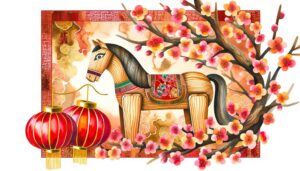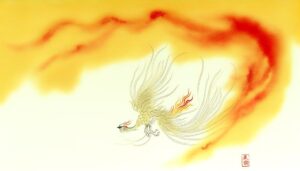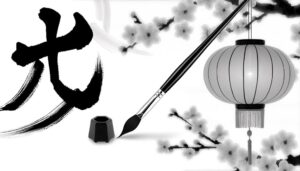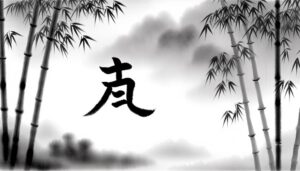Chinese Symbol for Inner Strength: What Is It?
The Chinese symbol for inner strength can be represented by the characters ‘内力' (nèi lì) and ‘强' (qiáng). These symbols have their foundations in ancient Chinese philosophy, particularly Daoism and Confucianism, emphasizing resilience, qi cultivation, and moral integrity.
Over centuries, they have permeated art, literature, and modern culture, inspiring individuals to persevere through adversity and grow personally. The symbol has also been adapted into modern contexts such as tattoos, company logos, and therapeutic practices, illustrating its timeless relevance.
Exploring its historical roots and cultural significance offers a deeper appreciation of its enduring impact on society.
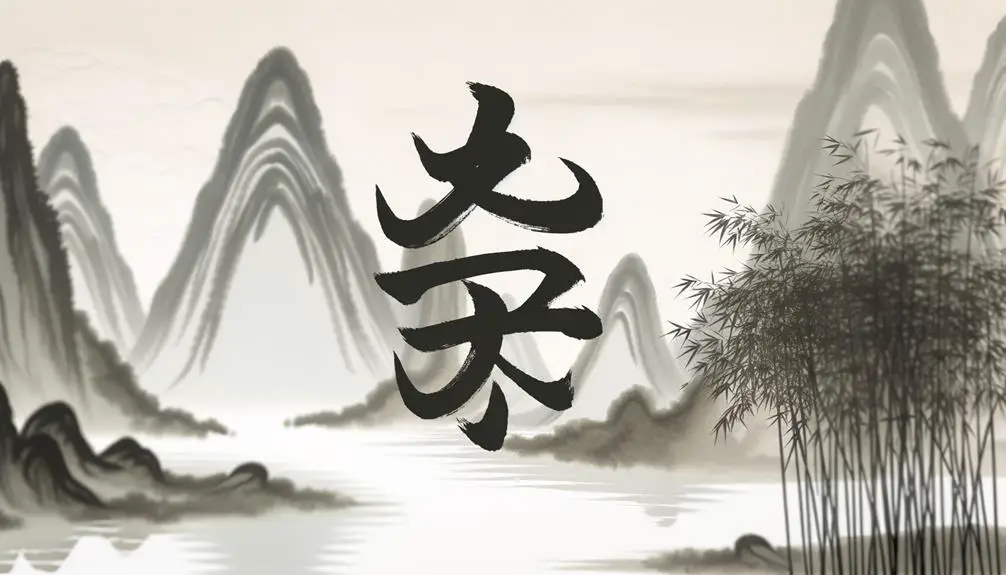
Key Takeaways
- The Chinese character '强' (qiáng) symbolizes inner strength, resilience, and fortitude.
- Originates from ancient Chinese philosophy, deeply ingrained in Daoist and Confucian traditions.
- Depicted in traditional and contemporary art such as calligraphy, ink wash paintings, and carvings.
- Modern applications include tattoos, corporate branding, and therapeutic practices promoting personal growth and resilience.
- Serves as a symbol of perseverance and moral integrity, inspiring individuals through personal and professional challenges.
History of the Symbol
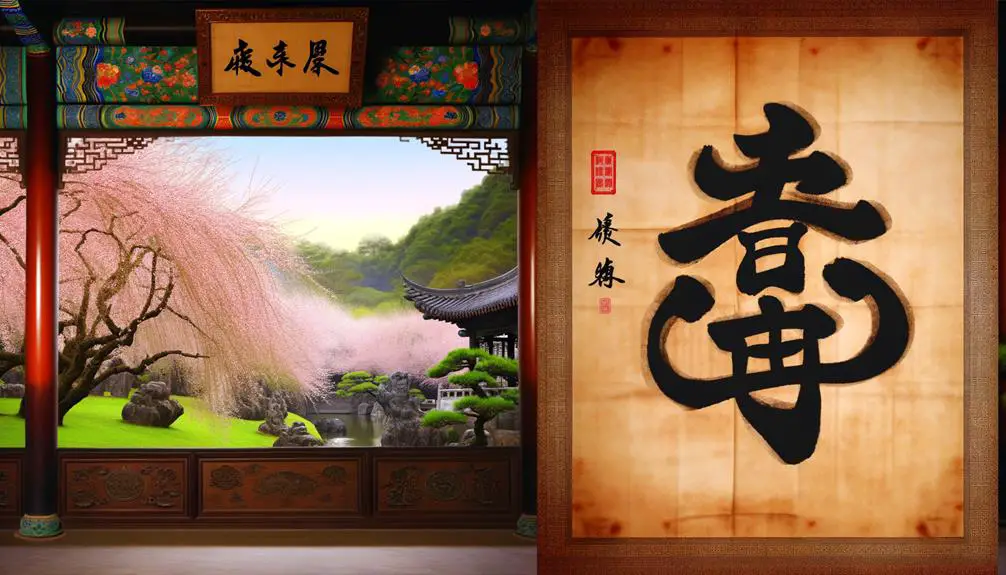
Originating from ancient Chinese philosophy and calligraphy, the symbol for inner strength, often represented by the character '内力' (nèi lì), has a rich and profound historical background that reflects its deep cultural and spiritual significance.
This concept traces back to early Daoist texts, where inner strength was linked to the cultivation of qi, or life energy. Philosophers like Laozi emphasized the importance of inner strength through the practice of wu wei (non-action) and mental discipline.
Over centuries, scholars and artists have integrated the character into works of art and literature, signifying resilience and self-mastery. The evolution of calligraphy styles further enriched the symbol's aesthetic and philosophical dimensions, making it a timeless emblem of inner fortitude.
Cultural Significance
The Chinese symbol for inner strength carries profound cultural significance, rooted in historical contexts that have shaped its meaning over centuries.
This emblem not only reflects ancient philosophies and traditions but also continues to influence modern society by embodying resilience and personal empowerment.
Understanding its cultural relevance requires examining both its historical origins and its lasting impact on contemporary values and practices.
Historical Context and Meaning
In ancient Chinese culture, the symbol for inner strength, often depicted as '内力' (nèi lì), holds deep historical and philosophical significance rooted in Confucian and Daoist traditions.
Within Confucianism, inner strength is associated with moral integrity and self-cultivation, reflecting a disciplined life guided by righteousness and ethical principles. Confucius emphasized that true strength arises from within, underpinning societal harmony.
Daoism, on the other hand, interprets inner strength through the lens of 'Wu Wei' (effortless action) and balance with the natural world. Laozi's teachings suggest that inner strength is derived from alignment with the Dao, embracing simplicity and humility.
This way, '内力' symbolizes a profound, harmonious power, integrally linked to both philosophical schools and their enduring cultural legacies.
Influence on Modern Society
Building on its deep historical and philosophical roots, the symbol for inner strength ('内力') continues to resonate in modern Chinese society, influencing contemporary culture, personal development, and social values.
In contemporary art and literature, this symbol is frequently invoked to represent resilience and perseverance. Its prominence in self-help literature and motivational discourse underscores its relevance in personal development, serving as a guiding principle for overcoming adversity.
Additionally, the corporate world often embraces this symbol to foster a culture of endurance and determination among employees. Socially, the symbol reinforces communal values of collective fortitude and mutual support, aligning with traditional Chinese ideals of harmony and moral integrity.
Therefore, '内力' remains a potent emblem of strength in modern Chinese life.
Symbolic Meaning
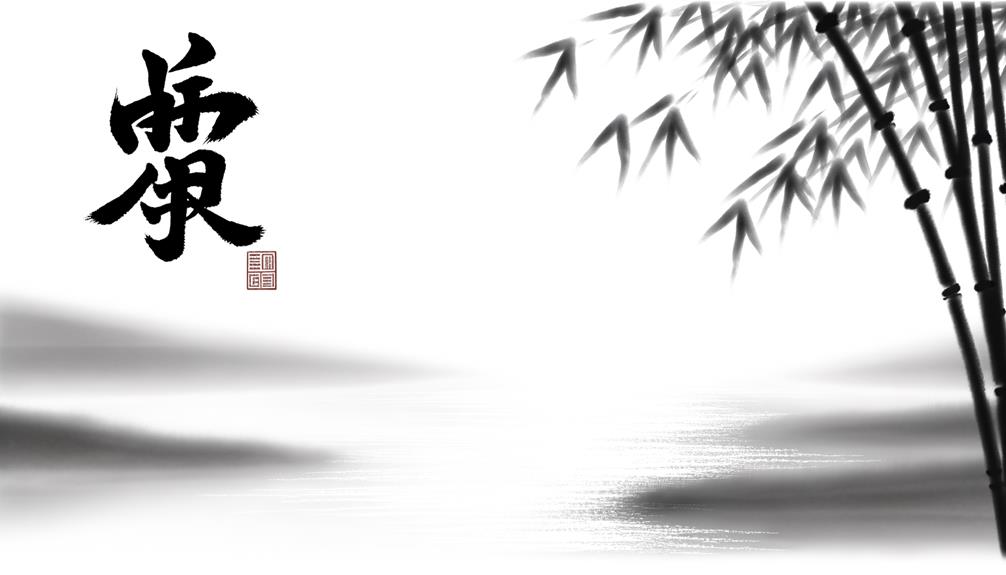
The symbolic meaning of the Chinese character for inner strength, often represented by the character '强' (qiáng), carries deep historical significance and cultural interpretation. Historically, this symbol has been associated with resilience and fortitude, values deeply embedded in Chinese philosophy and literature.
Culturally, it embodies the essence of perseverance and moral integrity, reflecting a timeless ideal that continues to inspire and guide individuals in modern society.
Historical Significance
Evolving over centuries, the Chinese symbol for inner strength embodies a profound cultural and historical lineage that underscores its enduring significance.
Originating in ancient Chinese philosophy, this symbol is deeply ingrained in the teachings of Confucianism, Daoism, and Buddhism. These traditions emphasize moral integrity, resilience, and the cultivation of one's inner virtues.
The character often associated with inner strength, '内力' (nèi lì), illustrates not just physical fortitude but also mental and spiritual resilience. Historical texts and classical literature have repeatedly invoked this symbol to inspire individuals to overcome adversity and cultivate a balanced life.
Through dynastic changes and societal upheavals, the symbolism of inner strength has remained a cornerstone of Chinese cultural identity, reflecting an unyielding human spirit.
Cultural Interpretation
Interpreting the Chinese symbol for inner strength, '内力' (nèi lì), reveals a multifaceted emblem that encapsulates both personal resilience and a collective cultural ethos. Rooted deeply in Confucian and Daoist philosophies, this symbol intertwines the virtues of perseverance and self-discipline with harmony and balance. It serves as a reminder of the enduring spirit needed to overcome life's adversities while maintaining inner peace.
Resilience: Signifies the ability to withstand and recover from challenges.
Balance: Represents the harmonious equilibrium between mind, body, and spirit.
Perseverance: Emphasizes sustained effort and determination.
Cultural Ethos: Reflects collective values of endurance and moral fortitude.
Understanding '内力' enhances appreciation for its profound cultural and philosophical roots.
Artistic Representations
In various forms of traditional and contemporary art, the Chinese symbol for inner strength is often depicted to convey resilience, perseverance, and fortitude. Historically, this symbol appears in calligraphy, where its fluid strokes embody the disciplined practice and meditative focus required to master this art form.
The symbol is also found in ink wash paintings, offering a visual representation of strength through simplicity and elegance. In addition, it is carved into jade and wood, materials chosen for their durability and cultural value.
In contemporary contexts, artists incorporate the symbol into mixed media, blending ancient meaning with modern aesthetics. This practice underscores the enduring relevance of inner strength in both personal and collective narratives, bridging past and present artistic expressions.
Modern Interpretations
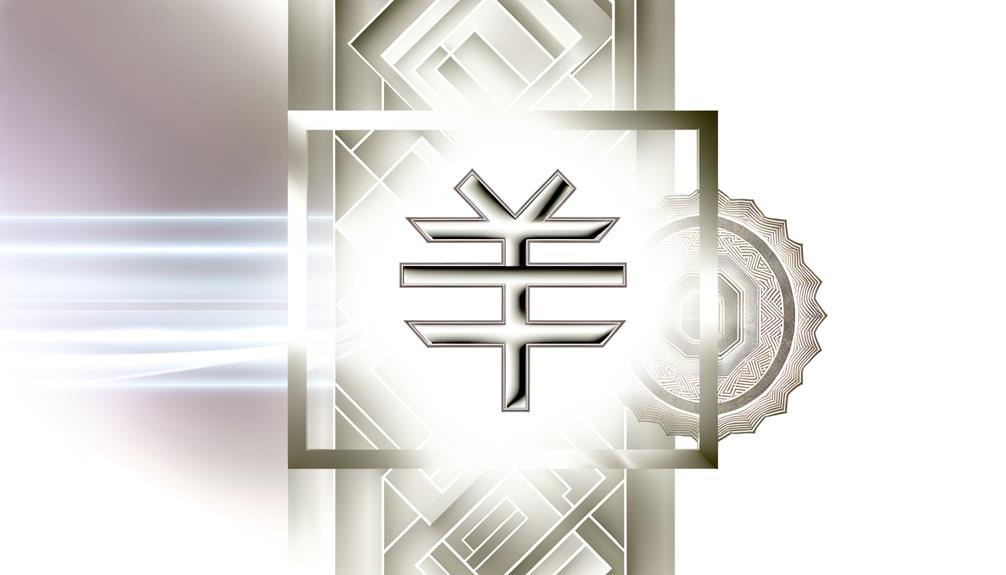
How has the Chinese symbol for inner strength been reimagined in contemporary culture to reflect modern values and challenges?
Modern interpretations of this ancient symbol often align with the contemporary emphasis on personal growth, resilience, and mental health. In a world increasingly aware of the importance of mental fortitude, the symbol serves as a timeless reminder of enduring strength. Its reinterpretation is both a homage to traditional values and a reflection of today's societal needs.
- Tattoos and body art: Signify personal journeys and resilience.
- Corporate branding: Embodies perseverance and ethical leadership.
- Therapeutic practices: Used in mindfulness and meditation to promote mental health.
- Pop culture: Featured in movies, literature, and fashion to inspire and motivate.
This exploration underscores the symbol's enduring relevance and adaptability.
Incorporating the Symbol
As society continues to evolve, the integration of the Chinese symbol for inner strength into various facets of modern life highlights its profound cultural significance and timeless relevance. Historically rooted in ancient Chinese philosophy, the symbol embodies resilience, perseverance, and self-discipline. Its modern applications span from art and fashion to mental health and corporate branding, reflecting a universal quest for fortitude.
| Application Area | Description |
|---|---|
| Art and Fashion | Symbol adorns clothing, jewelry, and tattoos |
| Mental Health | Used in therapy to promote resilience |
| Corporate Branding | Emblem of strength in company logos and ethos |
This table elucidates the symbol's diverse applications, illustrating its enduring impact across different spheres, and underscores the importance of cultural symbols in contemporary contexts.
Personal Stories

The profound impact of the Chinese symbol for inner strength is further illuminated through personal stories that attest to its inspirational power and transformative influence. Rooted in millennia of Chinese philosophy and culture, this symbol serves as a beacon of resilience and perseverance.
Individuals from diverse backgrounds have shared their experiences, revealing how the symbol has guided them through adversity and fostered personal growth.
- Survivors of illness: Many have credited the symbol with providing mental fortitude during recovery.
- Athletes: It has been a source of motivation and focus in their rigorous training regimens.
- Entrepreneurs: Found it pivotal during challenging business ventures.
- Students: Utilize it as a reminder to persevere through academic pressures.
These narratives underscore the enduring cultural significance of the symbol.
Conclusion
The Chinese symbol for inner strength encapsulates a profound historical and cultural significance, reflecting centuries of philosophical thought and artistic expression.
How does a single symbol manage to convey such a multifaceted and enduring concept?
This symbol, rich in meaning and versatile in its application, continues to inspire and resonate across diverse contexts.
By understanding its historical roots and evolving interpretations, one gains insight into the universal human quest for resilience and fortitude.


